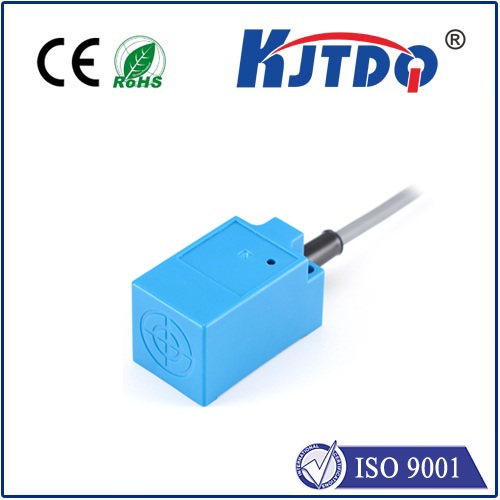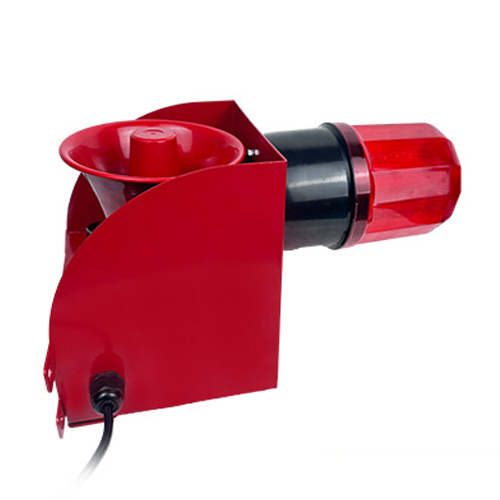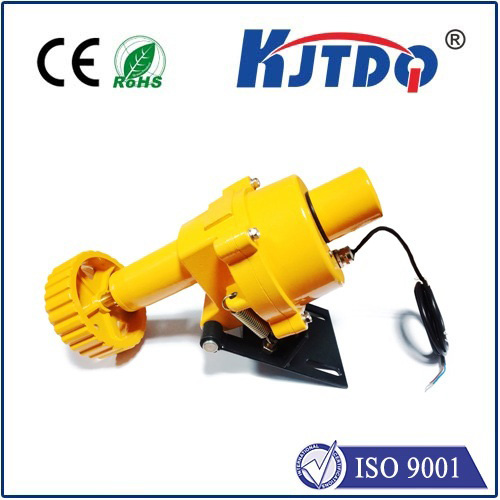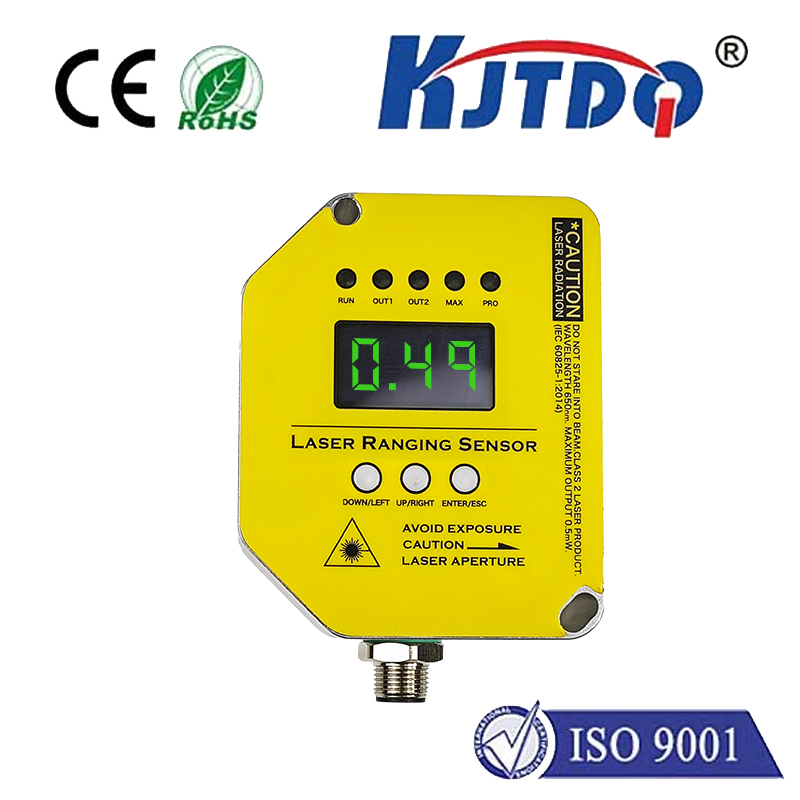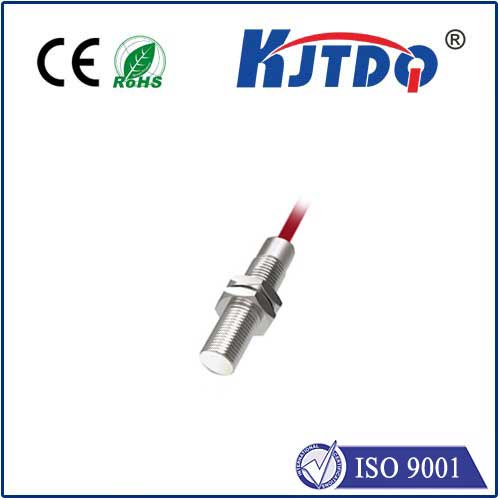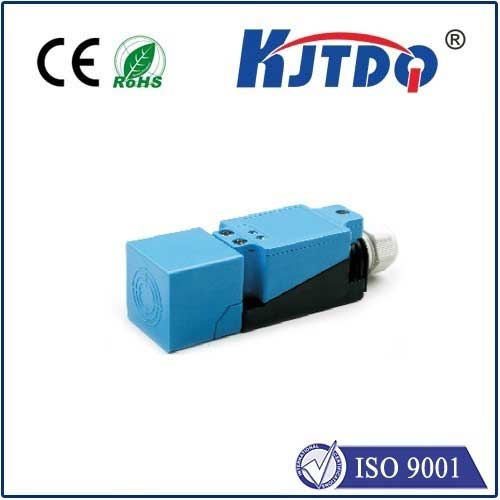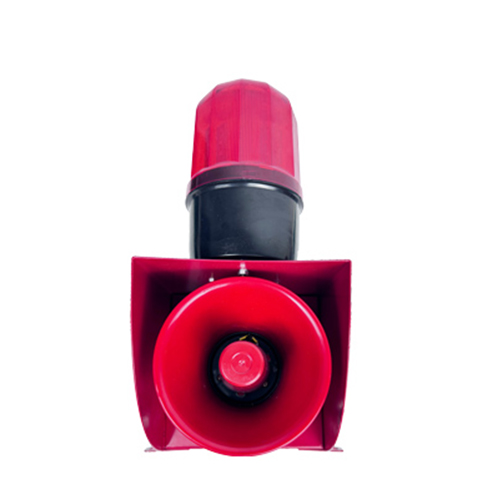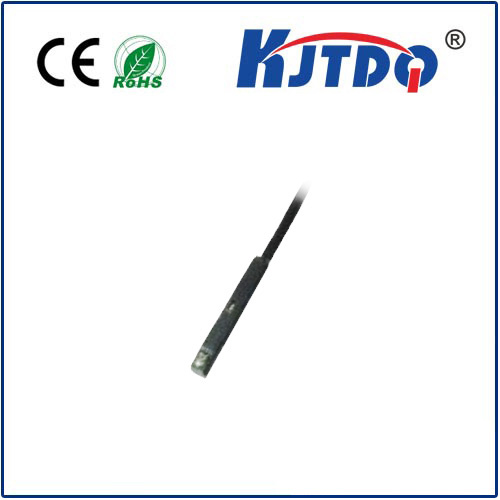

check

check

check

check

check

check

check

check

check

check

In the rapidly evolving world of industrial automation, capacitive proximity switches stand out as a testament to innovative sensing technology. These devices operate on the principle of detecting changes in capacitance to determine the presence or absence of an object without making physical contact. This non-contact feature is paramount in environments where hygiene, wear, and contamination are critical concerns. By merely sensing alterations in the electromagnetic field caused by an approaching object, capacitive proximity switches provide reliable detection over a wide range, with high sensitivity and rapid response times. One of the standout advantages of capacitive proximity switches is their extensive detection range, which allows them to sense through various materials such as metals, plastics, liquids, and even some non-conductive substances like glass and wood. This makes them exceptionally versatile, finding applications from simple object detection to complex processes involving level measurement and positional accuracy. The high sensitivity of these sensors enables them to detect minute changes in capacitance, crucial for precision tasks in fields such as robotics and automated production lines. Their quick response ensures immediate feedback when an object comes into or leaves their sensing field, facilitating real-time controls that enhance operational efficiency and safety. Capacitive proximity switches also boast adjustable sensing distances, accommodating different application needs. For example, models like those from our 875 series offer flexible adjustments, making them ideal for scenarios where other sensing technologies fall short. Moreover, these devices can withstand harsh environmental conditions, highlighted by their IP67 and IP69K protection ratings, ensuring reliability even in the presence of dust, moisture, or high temperatures. In addition to their robustness, many capacitive proximity switches now come equipped with advanced features such as IO-Link connectivity. This technology integrates the sensors into broader industrial ecosystems, enhancing data exchange and diagnostic capabilities, thereby reducing downtime and elevating productivity. In conclusion, the integration of capacitive proximity switches into industrial systems marks a leap forward in automation technology. With their broad detection range, high sensitivity, quick reaction times, and adaptable configurations, they not only meet diverse application needs but also contribute to smarter, more efficient manufacturing solutions. As industries continue to evolve, the role of these sensors will undoubtedly expand, cementing their status as indispensable components in the quest for greater automation and optimization.
